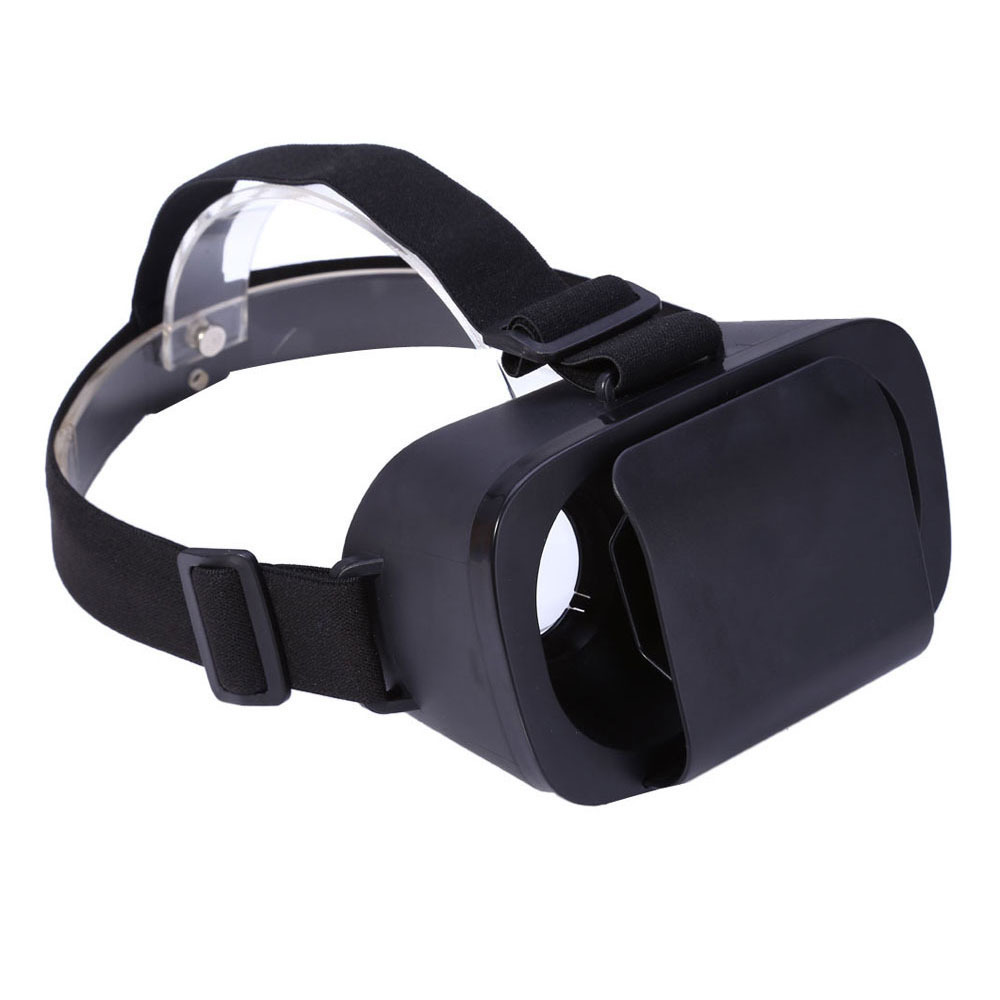

In this paper, we present a review on the advancements and challenges towards AR NEDs. The requirements on other metrics, including resolutions, FOV, eyebox, and eye relief push the boundaries of diffraction for visible light wavelengths. The requirement that an AR NED be see-through constrains the form factor and optical materials involved. However, to counter the mentioned challenge with AR NEDs requires significant technological advancements. Therefore, the greatest challenge in AR NEDs is not in optimizing any individual metric, but instead simultaneously providing a wide FOV, variable focus to mitigate the vergence-accommodation-conflict (VAC), high resolution, a wide eyebox, ease of manufacturing, a slim form factor, etc ( Hoffman et al., 2008).
Colorcross vr fov full#
Although AR NEDs offer a replacement for smartphones and computer monitors and provide visual experience to viewers, all designs for AR NEDs involve tradeoffs between a number of different metrics, including resolution, eyebox ( Barten, 2004), form factor, correct focus cues ( Zschau et al., 2010), field of view (FOV) ( Wheelwright et al., 2018), eye relief, brightness, and full color.

The central component of AR is a near-eye display (NED) which is worn by the viewers and is used to combine real and virtual imageries together so that both can be seen at the same time ( Koulieris et al., 2019). Different from smart glasses which simply superimpose two-dimensional (2D) contents in a head-mounted display (HMD), AR allows the viewers to have more natural interactions with the virtual objects. In AR, information is presented to viewers with virtual objects such as graphics and captions fused with real environments without compromising the viewer’s natural vision ( Olbrich et al., 2013 Choi J. We also introduce a number of emerging technologies that are worthy of close study.Īugmented Reality (AR) is widely recognized as the next-generation computing platform replacing smart phones and computers. In this review, we present a brief overview of leading AR NED technologies and then focus on the state-of-the-art research works to counter the respective key challenges with each of the leading AR NED technologies.

Although various AR NED products have been successfully commercialized and even deployed into applications, there are still challenges with present AR NED technologies (e.g., limited eyebox, fixed focus, bulky form factors). Optical see-through near-eye display (NED) technologies for augmented reality (AR) have achieved significant advancements recently with investments from both academia and industry. 4Institute for Media Innovation, Nanyang Technological University, Singapore, Singapore.3School of Mechanical and Aerospace Engineering, Nanyang Technological University, Singapore, Singapore.2ICT Cluster, Singapore Institute of Technology, Singapore, Singapore.1School of Mechatronic Engineering and Automation, Shanghai University, Shanghai, China.Xinxing Xia 1, Frank Yunqing Guan 2*, Yiyu Cai 3 and Nadia Magnenat Thalmann 4


 0 kommentar(er)
0 kommentar(er)
